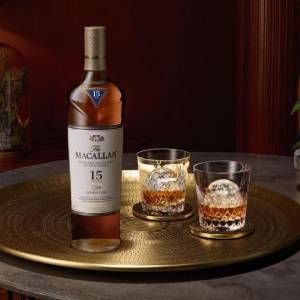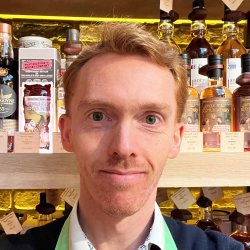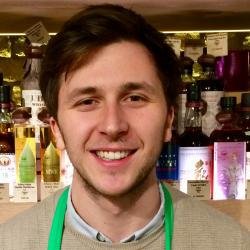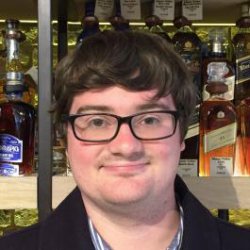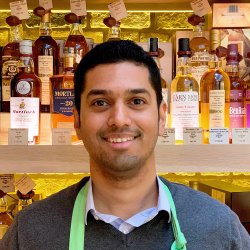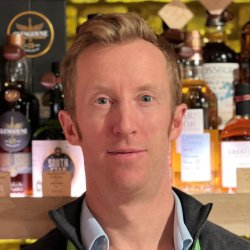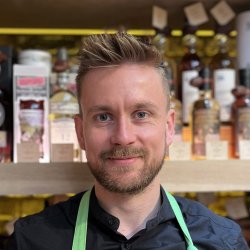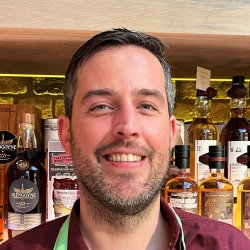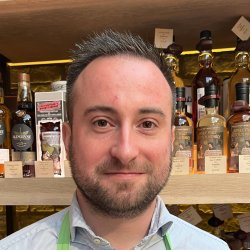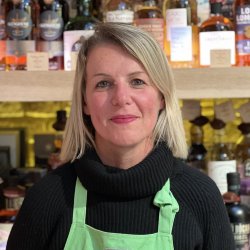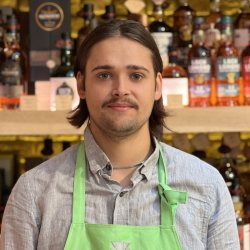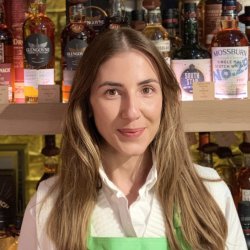Hedonism Meets... Bill Harlan
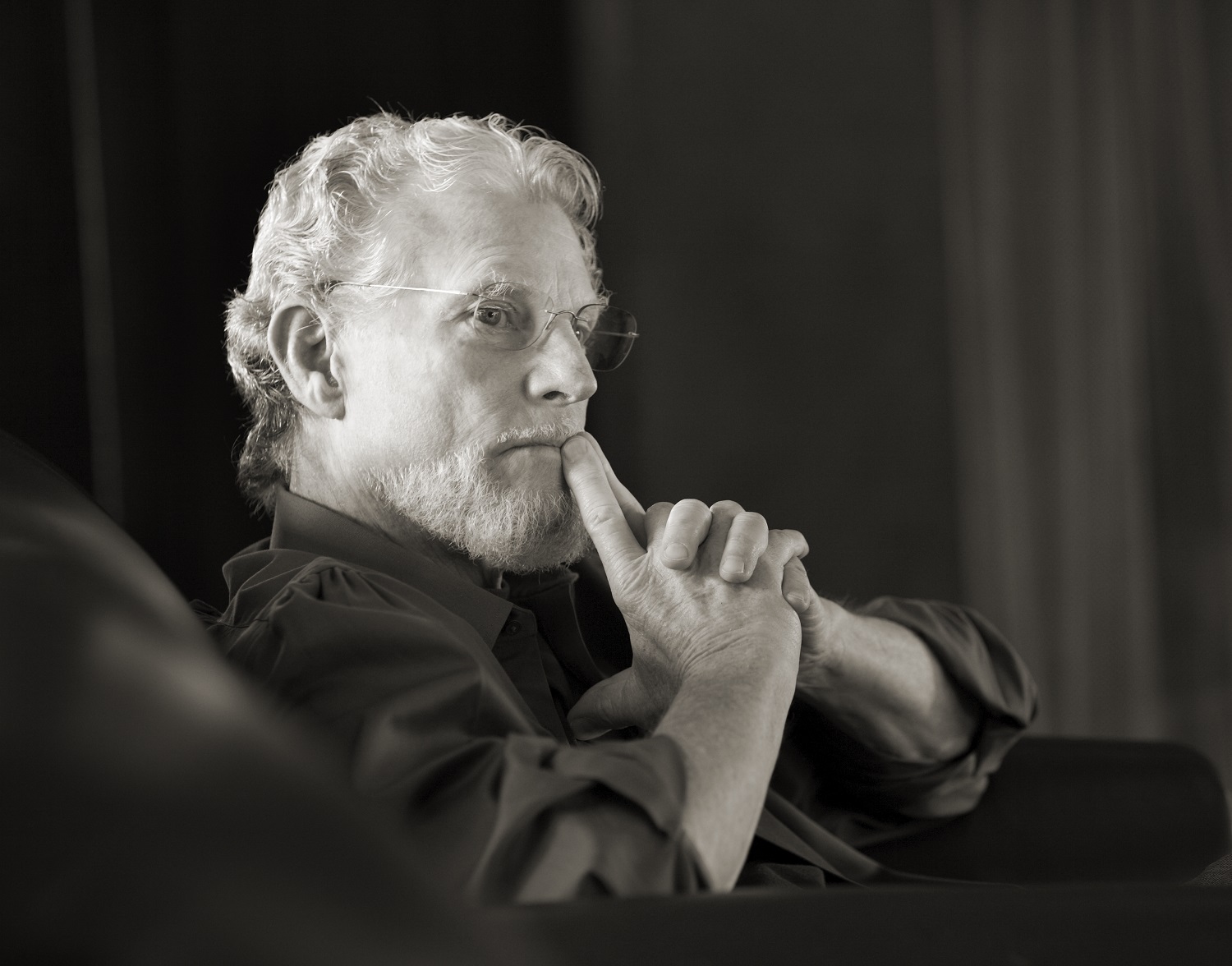
The Hedonism Wines team were delighted to catch up with Bill Harlan, the founder of and inspiration behind the world-renowned wines of Harlan Estate, Promontory and BOND. We talk Napa winemaking, top vintages, and the fascinating story behind these iconic wines…
“I returned with the vision of establishing a “first growth of California”— the work not of a single lifetime but of many.”
Here at Hedonism, we stock a range of Harlan Estate, Promontory and BOND wines. Can you tell our readers a little about each of these estates and what it is that makes them so unique?
In understanding the properties and their differences, it helps first to understand the underlying vision that serves as their common foundation.
Although I pursued various paths during my early life, I always dreamed of owning a vineyard and raising a family in the Napa Valley. In 1980, after I acquired Meadowood, Robert Mondavi shared with me his views on the true potential of the valley, which he believed would one day become a world-renowned winegrowing region. He arranged for me to visit the storied estates of Bordeaux and domaines of Burgundy, and this journey completely altered the scope and depth of my dream. I returned with the vision of establishing a “first growth of California”— the work not of a single lifetime but of many.
These historic places endowed me with a new perspective on time—one emphasizing a return on life rather than return on investment, as well as a sense of the importance of working in accordance with the rhythms of nature toward something of permanence that required generations to achieve. These concepts formed the cornerstone of our 200-year plan, which charges the members of each generation always to look backward 100 years to see where we have been and forward 100 more, toward where we hope to be.
This long-term thinking can only be sustained by a team that is committed to a shared vision and a purpose that will last beyond our lifetime—individuals who, together, can forge a strong culture based on these core ideas. We were fortunate to be able to assemble such a team in our early days, many of the members of which are with us still.
Finding the very best land was the next imperative. We studied the geography, microclimates, and soils of the Napa Valley, working with scores of vineyards in every part of the region. This learning exercise, in combination with what we observed on our trip to Bordeaux and Burgundy, enabled us to approach the selection of land for what became Harlan Estate through a rational process. At that time, the vineyards that had consistently produced the most sought-after wines were located near the Oakville benchlands. In Burgundy, we recognized that the Grand Cru vineyards were located closer to the center of the slopes on the hillsides—what we call the “tenderloin.” And so, we began to negotiate the acquisition of land on the east-facing slopes of the western hills of Oakville, assembling 240 acres of woodlands and forest. The vineyards of Harlan Estate, carved from the raw land, comprise only 40 of these acres and consist primarily of Cabernet Sauvignon, along with some Cabernet Franc, Merlot, and Petit Verdot.
Our concept of a “first growth” called for us to remain small enough to work at the highest level yet large enough that we could remain independent, attract the best talent, and achieve global presence. The 40 acres at Harlan Estate produce about 2,500 cases of wine each year. The ideal production, we had determined, would be about that of the smallest of the First Growths of Bordeaux or the best-known domaine in Burgundy—about 10,000 cases. It became clear that the realization of our broader vision would encompass more than one property.
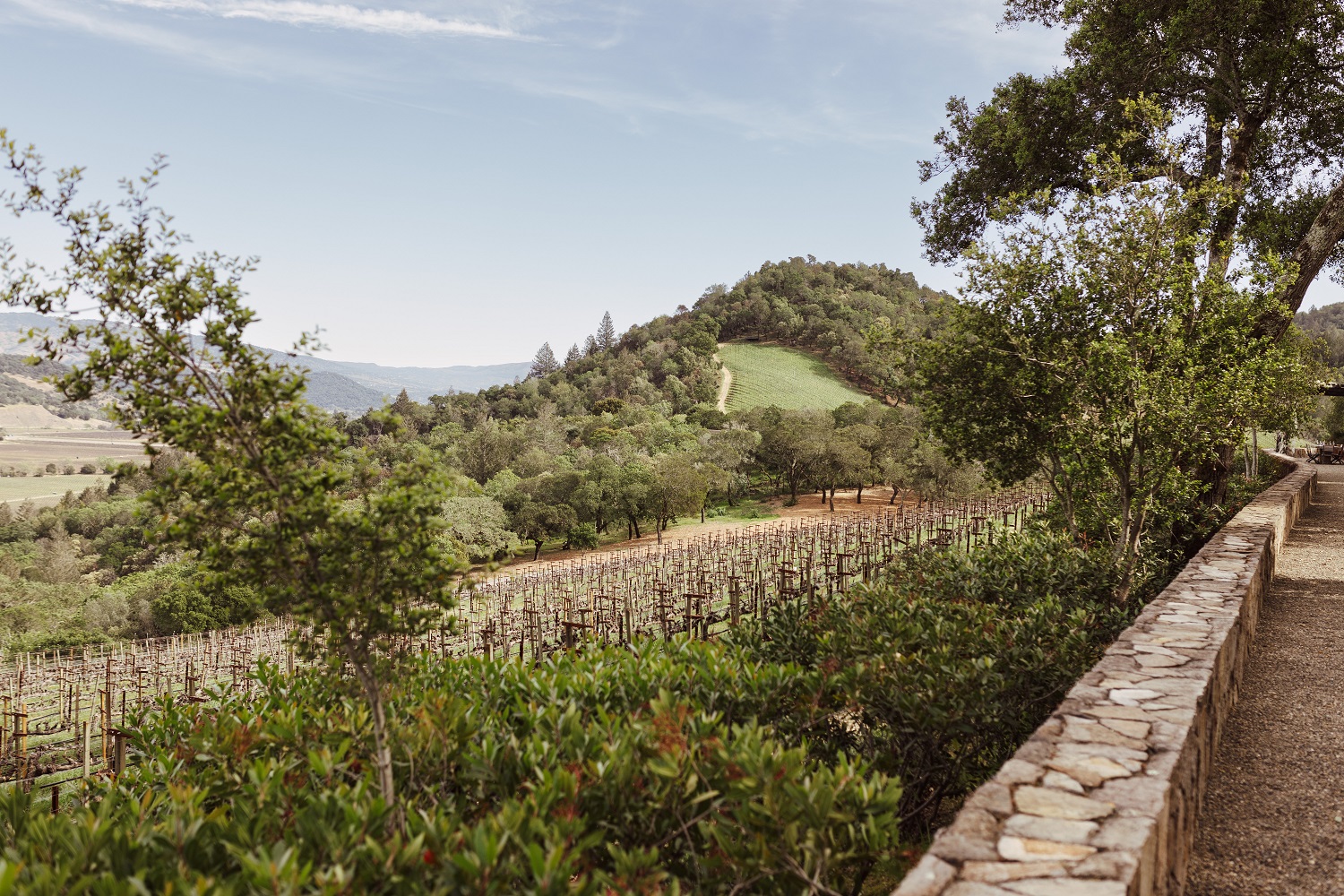
BOND came into being almost in parallel with Harlan Estate as a consequence of the empirical knowledge we gained, through trial and error, working with many vineyards in Napa Valley. Over a 25-year period, we collaborated with over 100 growers and gradually selected five properties that exhibited clear differentiation in terms of geography and expressed distinct and striking characters. BOND was conceived as a small domain of seven- to eight-acre sites, each Grand Cru in quality and having a single soil type, one orientation to the sun, and one varietal, Cabernet Sauvignon.
Promontory represents the second generation of the family and extended family working with the first to establish a winegrowing that unites all we have learned from the Old World with the pioneering spirit of California. We discovered this last frontier in the heart of the Napa Valley during the early 1980s, and in 2008, 25 years later, we were finally able to capture it. The decision to acquire these hidden 840 acres was an intuitive judgment informed by our learning and hard-earned experience. We were intrigued by the latent intrinsics of the territory, its “otherness.” It contains all three types of soil that exist on the planet: volcanic, sedimentary, and metamorphic. Less than a quarter mile from the center of the valley and surrounded by thick forest, this enclave is concealed from view by a massive ridge. Promontory’s 80 acres of Cabernet Sauvignon currently produce about 2,500 cases each year; this number, however, will increase slightly as the younger vines on the site mature.
Each of these three properties has its own identity, its own character, and its own reason for being; yet all have the same underlying DNA: They are on high ground, on mother soil, and face primarily north or east. Together, they form our family domain—four decades in the making—and represent the culmination of the first generation’s contribution to our 200-year plan.
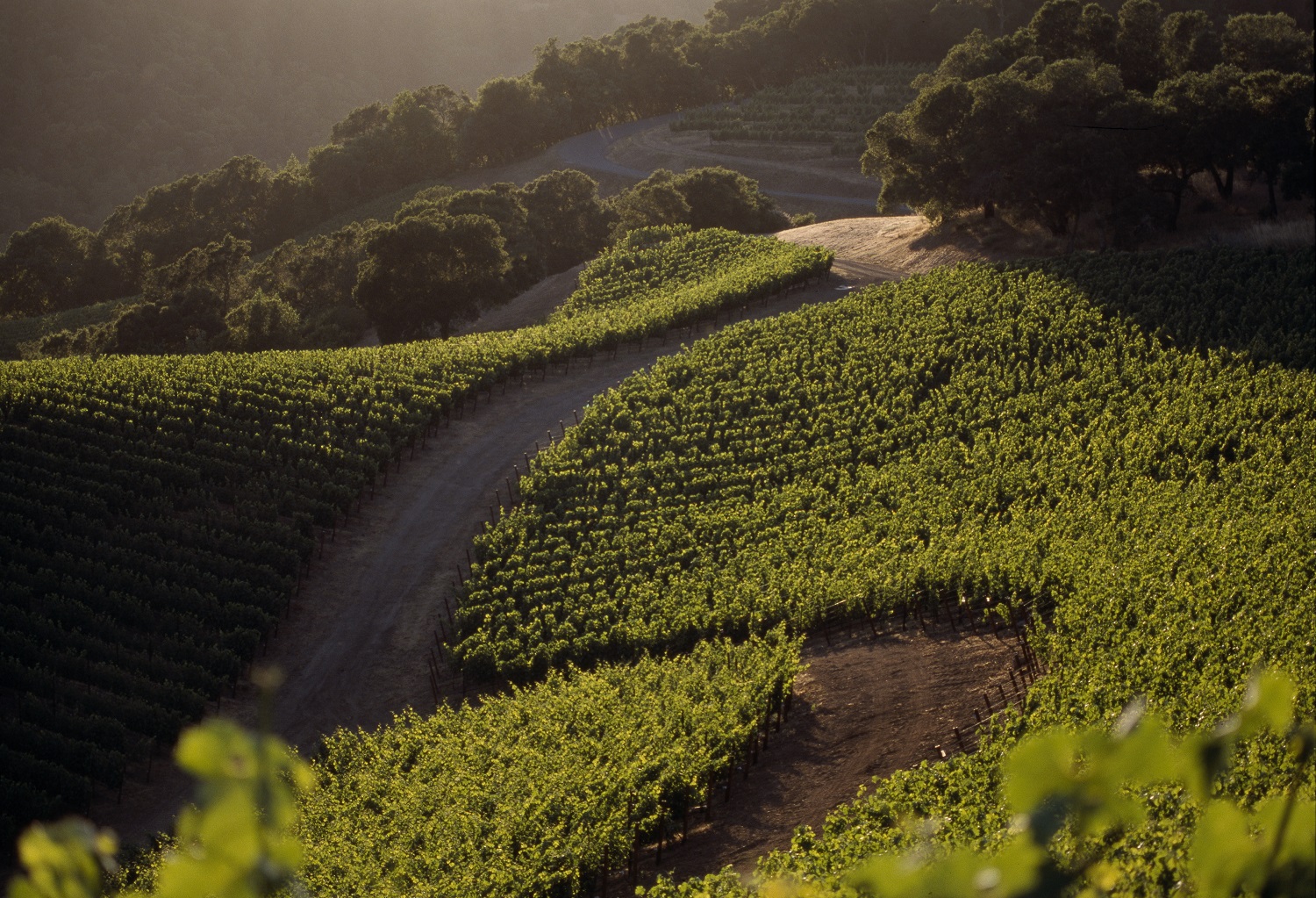
“My purpose from then on was to build something enduring and with global reach…”
Not originally from a wine background, what brought you to the world of wine?
My interest formed in the 1940s, gained focus in the 1950s with the definite goal of acquiring a piece of land in the Napa Valley, clearing and planting a vineyard, finding a wife, raising a family, and making wine. In the decades that followed, I had been “experiencing the world before settling down and starting a family.” But in 1980, after I went on the trip arranged by Robert Mondavi, I felt winegrowing, at this time in my life, was my calling. My purpose from then on was to build something enduring and with global reach, so that the next generation would have a much broader perspective than I did when I was their age.
What are the challenges and opportunities today of producing wine in Napa?
Napa Valley has many of the same challenges with respect to climate as anywhere else, but we do feel our location provides us with the most favorable conditions in America for addressing these changes. Especially in the western hills of Oakville, we have the cool air from the ocean, which moderates conditions during the growing season, and the surrounding forest and woodlands collect the moisture from the fog belt from the San Francisco Bay. We engage in continual experimentation, working on various sustainability initiatives involving planting density, irrigation practices, shading techniques, trellis management, and so on. In addition, we invest resources in training our team members for the future, doing our utmost to ensure that they have the confidence, knowledge, and information to flourish and adapt to climate fluctuations while remaining aligned with our shared vision and purpose.
“Continuity is a primary focus.”
Your son Will is now taking over the baton of Managing Director, how important is generational consistency for your wines?
Continuity is a primary focus. We have had the same winegrowing director and vineyard manager working the same soil on our hillside vineyards over the last 40 years. They have been grooming the next generation for over 20 years; and over the last ten years, the second generation has begun grooming the third. Will grew up among the vineyards. He was born the same year as our first harvest at Harlan Estate. Amanda, our daughter, was born before the first vintage was released, and she joined us eight years ago. Cory Empting, our current director of winegrowing, is now overseeing his 21st vintage. So, we have had great continuity over the first four decades, and we hope to maintain that success as we enter our fifth.
“I would say there is no one vintage for all people, and no one type of person for any of the vintages.”
What do you consider to be the standout vintages that customers should keep an eye out for?
We all evolve in our relationship with wine: Over time, many of us progress from curiosity to interest, from interest to discernment. Certain people prefer to drink wines in their first ten years, some 20, others 40. Often, these preferences have to do with the age of the vines, the age of the wines, and the character of the individual properties. The standout vintages differ for each, and the wines evolve just as each of our palates evolves. I would say there is no one vintage for all people, and no one type of person for any of the vintages.
What is it that makes Napa Cabernet so unique?
Certain land gives the Cabernet Sauvignon vine what it loves. The Napa Valley can produce higher quality wines more consistently than most other winegrowing regions. These wines can be savored when they are young, but they also have tremendous longevity and gain character, as well as layers of complexity, over the decades.
“We tasked ourselves with discovering the elusive parcels that, we felt, promised to yield wines of unforgettable character.”
What challenges did you encounter when you first set out to create a Bordeaux first-growth equivalent in Napa?
The first challenge was achieving clarity of vision and purpose. Our vision and purpose, in turn, demanded the commitment of not only our original team, but also that of teams that have followed them. Next, there was the challenge of figuring out where the best land is. We soon apprehended that, despite its emphasis on Cabernet, Napa Valley has more in common with the topography and geology of Burgundy than that of Bordeaux, as it does not lend itself to single, seamless, contiguous estates, such as you find in Pauillac. We tasked ourselves with discovering the elusive parcels that, we felt, promised to yield wines of unforgettable character.
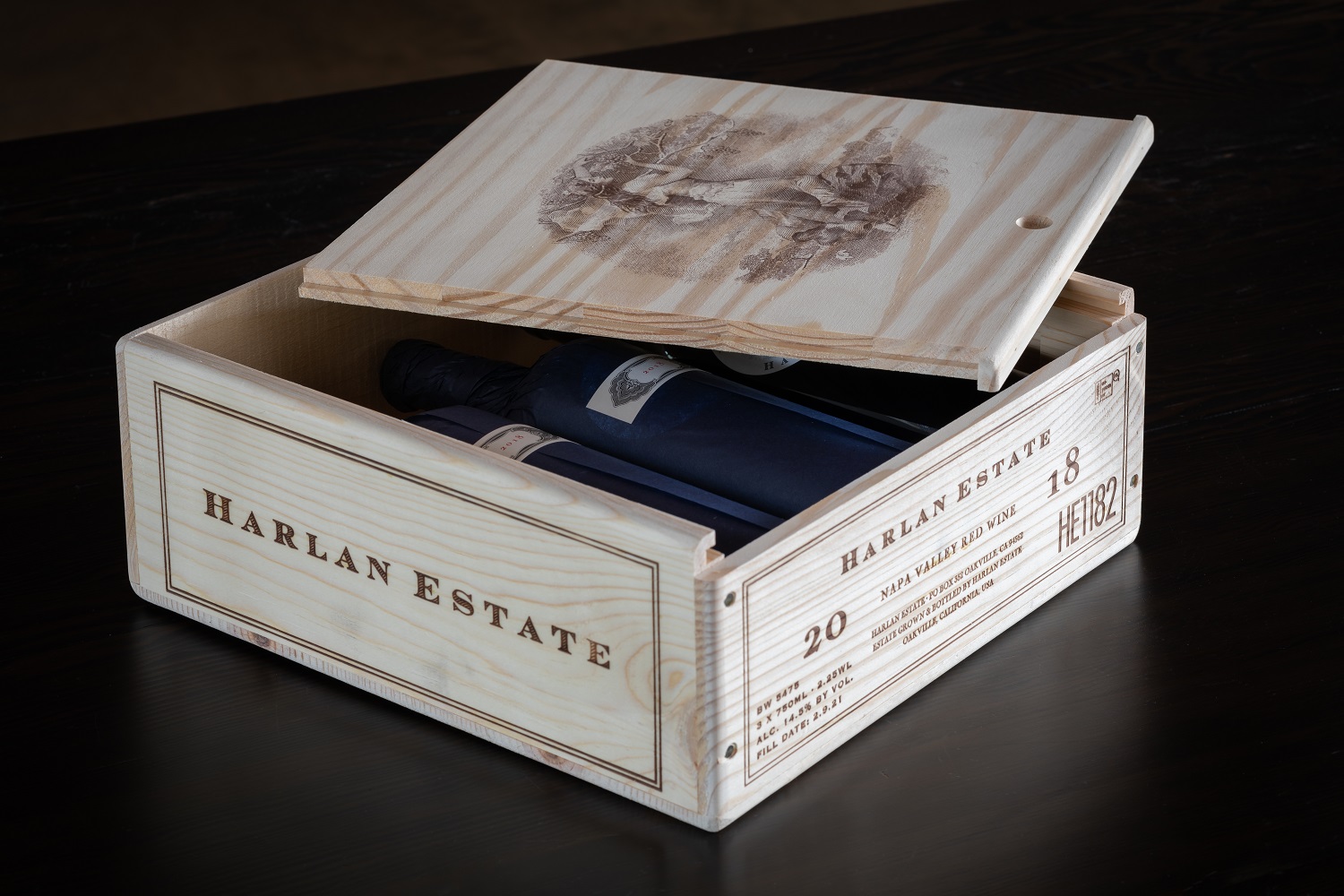
Can you tell our readers about the story behind Penultimate and The Maiden?
The Maiden and Penultimate are different labels from Harlan Estate and Promontory, respectively.
If you were to compare Harlan Estate to a Bordeaux First Growth, then The Maiden would be a second wine. Originally, this label was produced from the young vines, but as the vineyards have matured, The Maiden has become a nice wine in its own right. Its components are those that remain after we create the first blend.
Penultimate emerged from the evolution of Promontory, which developed very differently from Harlan and BOND. The members of the younger generation, who have really been responsible for Promontory, took their own approach there. Instead of bringing all the wines together to make a first blend and using what did not go into that wine to make a second, they identified certain vines on the cusp of revealing their full character, purity, and precision—say 15 to 20 years of age—and earmarked them for Penultimate. Farmed, harvested, and vinified separately, these vines are entering the next-to-last phase of their evolution (hence the name Penultimate) before graduating to their final stage, which will hopefully be inclusion in Promontory.

Here at Hedonism, we stock Harlan Estate wines, with vintages dating back as far as 1991 – what would you say is the future ageability of these wines? Would you recommend drinking these now?
Some of the vintages will last beyond a lifetime: Many of the critics would say 50 years or longer. Some of them are ready to drink now and will last many years yet. Vintages like 1990, 1992, and 2000, which are in a particularly good place at present, will probably not last as long as some others. Certain wines are sleepers, like 1993, which is one of my favorite wines currently. I enjoy some of the younger wines, such as the 2016 and 2018. These later young vintages are interesting now, because the vines are much older, and their fruit is more complex.
What would your go-to wine be and why?
Having visited, as a guest of the owners, most the finest vineyards and wineries of the world over the past 50 years, we have enjoyed many favourites from these colleagues. Our favourite wine has to do with the occasion—the people, the setting, and the cuisine, whether casual or fine.
Hedonism Wines has a huge selection of wines from Harlan, Promontory and Bond - please call our team on +44 207 290 7870 for more information.


